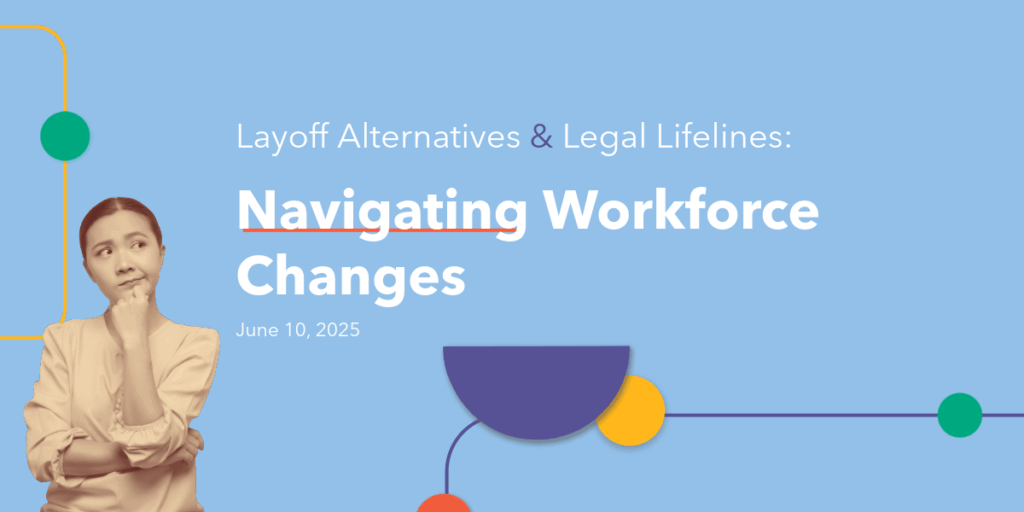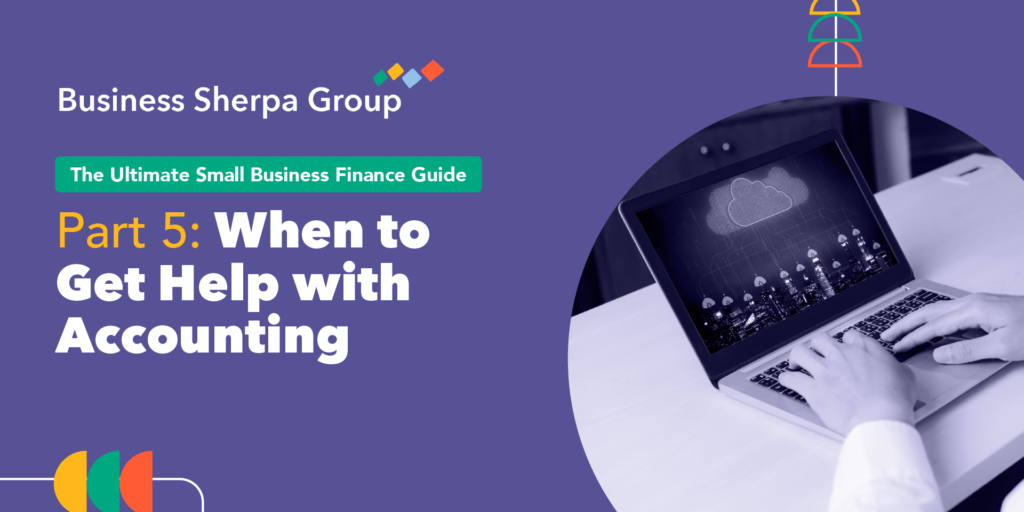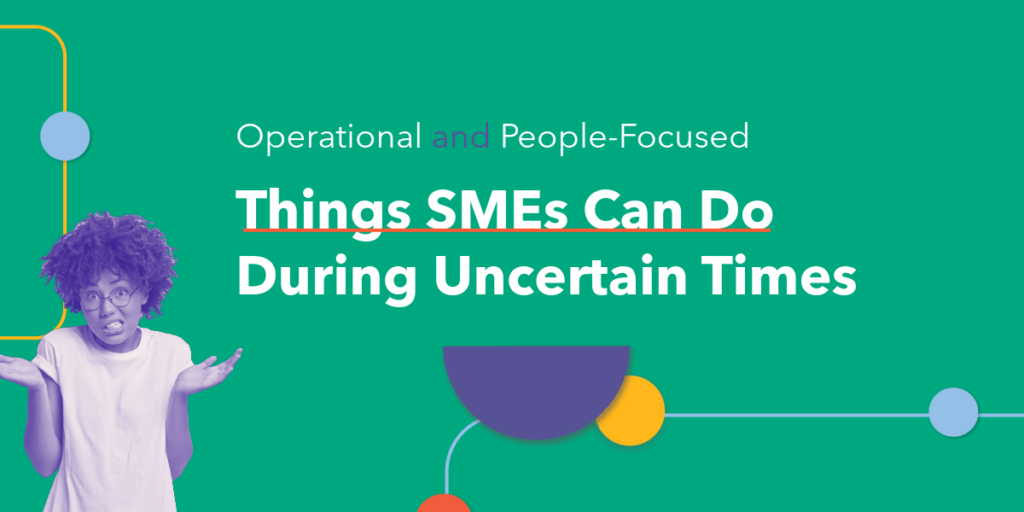Human Resources Information Systems (HRIS), are an important piece of any growing business. What works best for your business, and how can you measure success? We asked a Human Resources expert to weigh in.
From how we consume news, interact with one another, even to how we purchase daily essentials, technology has given the consumer access to more options and information than ever before. This transformation has changed how they interact and expect things in their daily lives, finding comfort and making a preference for things that are efficient and accurate.
For businesses of all sizes, opting into technology is a must. The cost of not doing so is decreased efficiency, not being seen by consumers, and falling behind competitors in their industry. Consumer facing systems like online sales platforms and POS systems are good for external functions, but an even more crucial component is how you hold your business together internally, specifically how you manage and support employees.
Reports have shown that there are significant benefits to internal technologies, like Payroll systems or Human Resource Information Systems (HRIS). When properly utilized, a HRIS can improve recruiting efforts, give support to data-driven decision making, help to foster employee growth and development, and help to make strategic decisions. With the system doing most of the back-office functions, managers have the capacity to get back to what they love: focusing on their business offering.
It is one thing to implement an HRIS, but its another to make it work best for you. With that in our minds, we wanted to ask Laura Gauley, EmbaarqHR lead at Business Sherpa Group (BSG), to lay out what small and medium businesses should consider for their HRIS.
Are Human Resources Information Systems Industry Specific?
The HR needs of each business vary by industry, this is true, but the criteria for technology selection often remains the same. Ultimately, you want your HRIS to encompass as many of the common HR functions you perform on a routine basis. Typically, these tools do not talk to each other, so having one for each function will only cause further headaches for your business. Your selection criteria should be to find what covers the bulk of your common functions, then you can begin to make a case to add one or two industry specific ones, should they be needed.
When is the Right Time to Implement a Human Resources Information System?
Most small business managers will tell us that they’ve handled administrative tasks well on their own up until this point. We’re not here to judge, however there is a price for this inaction. While in the early stages of your company, managing most of the functions might seem doable, as you begin to experience growth, the administrative tasks will grow in tandem. Tasks start getting missed, forms start going unfulfilled, employees start to get frustrated, and in extreme cases, legal issues may arise. All of this distracts you from delivering the value you set out to deliver when establishing your business.
Suddenly, push comes to shove, and you finally decide to implement an HRIS. At this point, however, you’ll find it considerably more difficult and slower to transfer all the documentation and data you have, with your current process becoming more entrenched in your business the longer you delay. That’s not to say businesses should never wait to implement tech, businesses implement new platforms all throughout their lifecycle, but an HRIS is a foundational piece to your business. Getting it set up and familiarizing staff with it earlier will reduce headaches if you change later, and can be a boost to your growth efforts.
Getting it Right
Technology on its own is not smart enough to run your Human Resources function on its own. Rare is the case where you will find software that doesn’t require administrative support. Often in our work, we meet with business owners who are frustrated with their technology stack because they didn’t notice more efficiencies, only to later reveal that they don’t have a person dedicated to the technology they operate.
Technology implementation goes beyond purchasing a new platform and implementing it. With some rare exceptions, if you want your HRIS to be all encompassing you will need an experts input to administer it properly. This person should have experience with the tool, but also a good knowledge of the functions of your business. If you don’t have someone to administer the technology within your business, most HRIS providers can help with resources, some to a greater degree than others. In almost all cases, you won’t need a full-time administrator, part-time will do perfectly.
Growing up, you probably never read the terms and conditions of any agreements you signed. We sure hope you didn’t carry that habit into your professional career, but if you did, at the least you should thoroughly read conditions when dealing with external programs. Watch for the terms of the agreements of the systems that you are signing up for. You don’t want to sign onto something that you are committed to for 1-3 years if you don’t have a resource that will make sure that the tool is being used and used properly. Then you have monthly payments going towards something that is not being used.
Measuring Results
Before we discuss results, remember that adaptation to technology takes time. There will be questions asked, conversations had, and growing pains along the way. Just because you’re not seeing improvements overnight doesn’t mean they aren’t coming. We recommend waiting at least 3 months before a serious review of the new technology.
Read: Managing Change in Your Workplace
From there, success can come in a few ways. First, the amount of time taken out of the administrators’ hands through the technology’s implementation, letting them focus on important work for the business. When these tasks are treated like an add on to their existing role, they’re not prioritized, causing delays, friction, and sometimes errors.
Additionally, success can be measured by the employee’s reaction to the HRIS. Likely, through technology, the way they receive feedback, log time and vacation, and access benefits will change, to name a few functions. The increased efficiency and communication helps to foster a positive workplace culture, one where employees have a good relationship with administration and know how their employer supports them.
To Summarize
If you’re still using a pen and paper for administrative functions at your business, that is your choice, however we are vocal advocates of switching to an HRIS. We’re supporters of HRIS systems, especially our own EmbaarqHR, because we’ve seen how the increased efficiency and accuracy has helped improve employee morale, workplace culture, and the strategic growth of companies that have switched to an HRIS.
Getting it right at your business is easy. Make sure you find the tool that encompasses all the functions you want taken off someones hands, or at least the tool that gets you the closest to that goal. Make sure you have someone on the other side, like our EmbaarqHR partners, who can help you find ways the tool can help that you might not have disclosed on your own. Finally, make sure you give your workplace time to adapt and ask questions, otherwise you will find more difficulty if you go down this path a second time.










